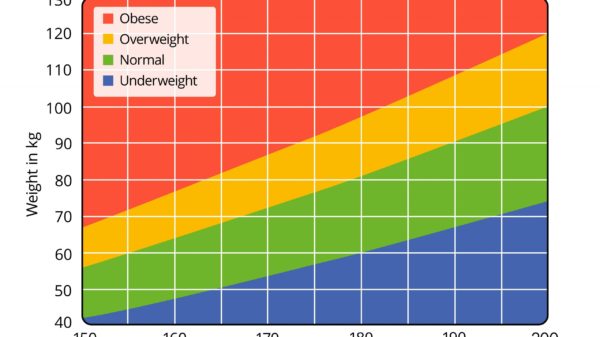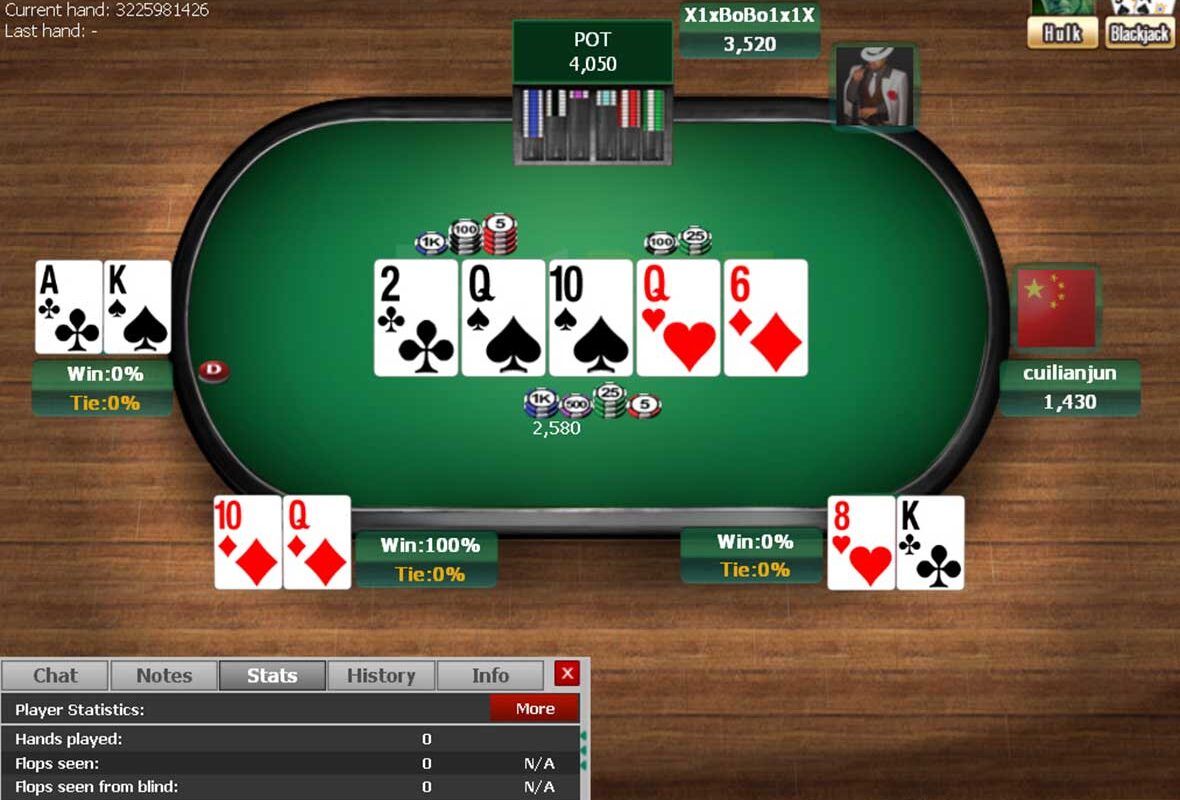Like many of you reading this blog, you probably grew up playing card games with your loved ones, and may even own a deck of cards. But have you ever wondered about the origins of playing cards? Playing cards have an interesting history and have undergone a great deal of evolution over the years. Many countries have changed their colors, symbols and designs to reflect their own cultures. In this blog post, we’ll look at how the standard playing card symbols were obtained.
In the beginning
The origins of playing cards are still debated by many historians. According to ancient records and studies, playing cards first appeared in China during the Tang Dynasty in the 9th century. They used leaves as cards to play courtship games. However, playing cards were first documented in the 14th century. It was recorded by Johannes, a German monk, who observed that playing cards and card games were popular in many parts of the world.
The Evolution of the Card Set
Litigation in France and Germany
In the early 15th century in Germany, hearts, acorns, leaves and bells were used as card suits. Each symbol represented the culture and lifestyle of the German people.
At the same time, the French were inspired by the type of cards used by the Germans. Also, the French took inspiration from the card suits used by the Germans and divided their cards into two colors, red and black. The French also modified the German suit and applied it to modern playing cards. The bells were changed to diamonds and the acorns were changed to clubs. In addition, the leaves were changed to spades, but the hearts were retained.
Latin Suit
The Latin suit was inspired by the Tarot cards and was mainly used in astrology. European card makers used their designs as a guide to use the clubs, coins, cups and swords as symbols on their cards. These suits formed the basis of the Spanish and Italian card suits, the images of which can still be seen on card suits today.
English suits
Prior to the 16th century, French card manufacturers had to pay high taxes and were forced to relocate their base to Belgium. This led to the English trading in French playing cards, renaming the original suits to the modern playing card symbols of hearts, diamonds, spades and clubs.
English playing cards continued to use the luxurious French design until the 16th century, when trade in foreign-made playing cards was banned. As a result, the English began manufacturing their own cards, taking advantage of the popularity of playing cards and card games.
The importance of playing card symbols
It is well known that a typical playing card consists of 52 cards in Indian rummy, four suits and two colors. But do you know what each suit means and what it represents? Many historians have their own theories about the symbols on playing cards. Some believe that each symbol represents one of the four different classes of medieval society. However, there is no strong evidence to support this claim. For example, the coin (which later became the diamond) represented the merchant class in the Latin suit. However, according to the French papyri, the diamond represents the French upper class and wealthy lords.
On the other hand, many historians believe that the four suits represent the four elements that make up nature: water (hearts), earth (diamonds), fire (clubs) and air (spades). Some experts also believe that the symbol represents the four seasons of the year.
The Ace of Spades
Before the French Revolution, the Ace was the lowest ranked card. However, it later became the highest ranking card, representing the victory of the peasant class over the royal family. It was at this time that the Ace of Spades emerged as a powerful card.
In 18th century England, a tax was levied on card manufacturers. Card makers stamped their Ace of Spades cards with a special seal as proof of tax payment. This later evolved into an extravagant design that is difficult to replicate. If you want to play rummy online, you can go to rummy baazi and enjoy some exciting games.






















































